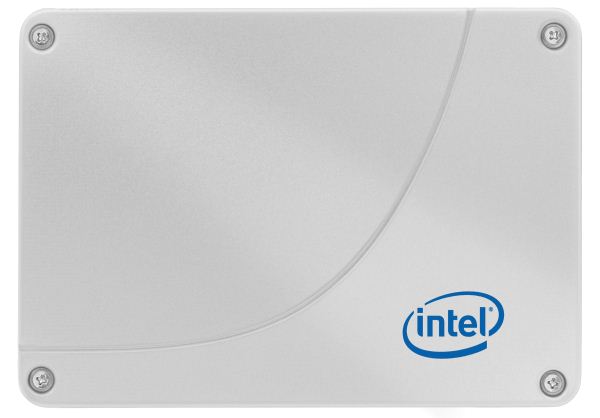Intel SSD 335 (240GB) Review
by Kristian Vättö on October 29, 2012 11:30 AM ESTFinal Words
The SSD 335 is mostly an incremental upgrade from the SSD 330. There are minor changes in performance that are mainly positive, but 20nm NAND is really the only new thing that the SSD 335 brings. It is always impressive to think about performance going up with subsequent NAND generations, especially since program/erase times typically get longer each generation (thus requiring more sophisticated controllers and firmware to offset the slower NAND). The 330 ended up being a very competitive value drive, and from a performance standpoint it looks like the 335 is poised to carry the torch forward.
On the controller side, SandForce's SF-2281 is definitely getting a bit long in the tooth compared to the latest high-end competition but the performance it provides is still good enough for most client workloads. The upside of everyone ultimately being limited by 6Gbps SATA is that there isn't much of a performance push for newer controllers.
Intel has generally been our recommended brand when it comes to buying SandForce drives. The same will likely be true for the SSD 335 as well, however we're going to hold off on any final judgements until we get another sample in house so we can confirm at least somewhat similar endurance to the outgoing 330.











69 Comments
View All Comments
MrSpadge - Tuesday, October 30, 2012 - link
"It is always impressive to think about performance going up with subsequent NAND generations"Well.. it might be impressive, but nevertheless it's a false assumption (if NAND generations are defined by lithography - newer interfaces could be implemented on the same lithography just as well).
Kristian Vättö - Tuesday, October 30, 2012 - link
My point was that overall performance has gone up even though the NAND is slower.mmonnin03 - Tuesday, October 30, 2012 - link
As for the comment about stocks of 25nm flash... IMFT/Micron are still making a significant amount of 25nm NAND as well as some 34nm chips.CristianM - Wednesday, October 31, 2012 - link
you wrote on average 1000 times the capacity of the disc but that does not translate in write cycles because there is the nasty write amplification which seems to be about 3 for your testcase, so there you have it. But for an average user writing 10GB per day it would take many years to wear (68) or about 7 years for writing 100G which seems unlikely for a home userCristianM - Wednesday, October 31, 2012 - link
My bad, the write amplification is taken into account, so just divide by 10 :D and the lifespan drops to 7 years for medium use and 1 year for a mad torrent user :))bankster66 - Friday, November 2, 2012 - link
Trim needs:series 7 chipset (Z77 Z78) - NOT Z68
11.5+ Intel RST OROM in bios
11.6+ Intel RST driver pak
Preferably Win 8
"RAID falls under the T10 specifications. These specs require the UNMAP command to be issued to TRIM the drive. No current Microsoft operating systems supports the UNMAP command so regardless of driver or OROM RAID arrays will not be Trimmed. Win8 will be the first MS operating system with an API in place to support the UNMAP command "
There is no way in hell you can get trim functioning with your setup, all prereqs are wrong
Per Hansson - Saturday, November 3, 2012 - link
I don't know what you are on to make an accusation like that.TRIM is supported by Windows 7
It requires the AHCI drivers in Windows to be used, or any other driver that specifically mentions that it supports TRIM.
What you are referencing is TRIM support with 2x harddrives in a RAID-0 array, and that has a long list of requirements, but how that is relevant to this Intel 335 single drive review is beyond me.
http://www.anandtech.com/show/6161/intel-brings-tr...
Bruno2 - Tuesday, March 12, 2013 - link
I noticed the following firmware update for the SSD Series 335. Perhaps this was the reason for the endurance test problems.November 2012
3.1.2
This release adds a firmware update for the Intel® SSD 335 Series fixing the following issue :
- Incorrect reporting of the E9h media wear indicator value
Bruno2 - Tuesday, March 12, 2013 - link
FYI, I noticed the following firmware update for the SSD Series 335.November 2012
3.1.2
This release adds a firmware update for the Intel® SSD 335 Series fixing the following issue :
- Incorrect reporting of the E9h media wear indicator value